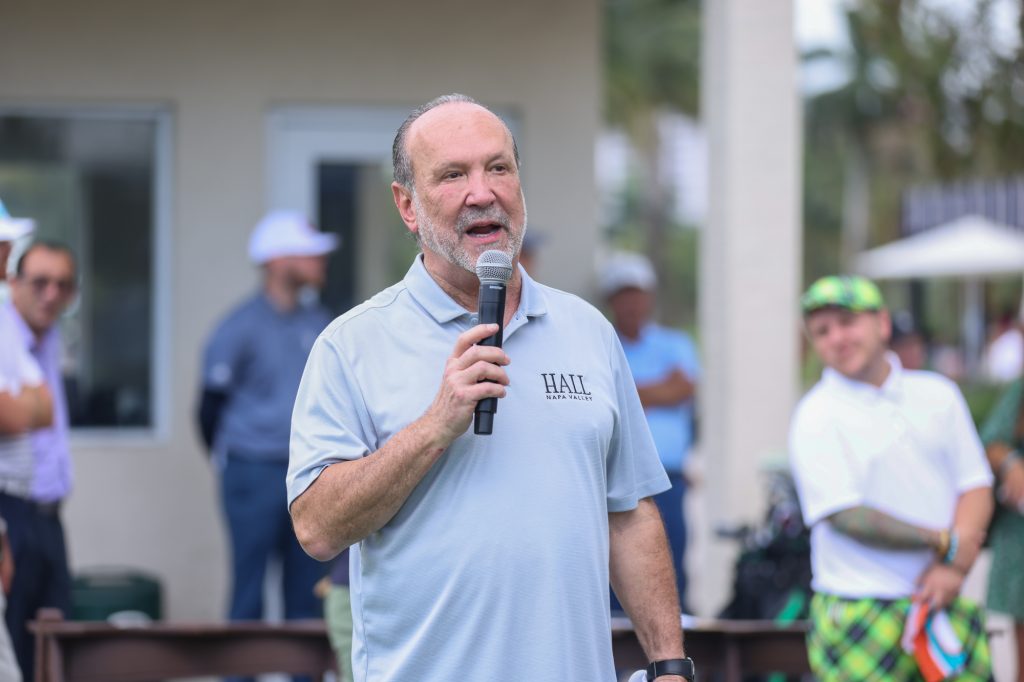Lobby Day – Planning a Successful Lobby Day


If you are planning a lobby day, you must include several essential elements. These include briefing with a keynote speaker, scheduling meetings with members of Congress who have pledged to sign your bill and planning for media relations. Some tips to consider are inviting keynote speakers to your event and using social media to mobilize your supporters to tweet legislators.
Inviting keynote speakers to your briefing
A morning briefing can set the stage for your lobby day. Invite keynote speakers, such as a legislator sponsoring legislation or an expert in your field, to share their perspectives. This will provide a powerful backdrop for the day and increase the likelihood that your briefing will receive media attention.
If you are working with a short timeline, consider hiring a speaker’s bureau to handle this task. These firms work within your budget and will provide a list of available speakers. Recruiting speakers is a year-long process, but it doesn’t need to be grueling.
It helps to schedule your lobby day four to five months in advance. Ideally, you should plan your lobby day before a bill’s floor vote. Having your lobby day close to a meaningful vote can increase your lobby day’s impact. Moreover, a good lobby day helps raise awareness about your cause, increase co-sponsors, and increase visibility for your issue.
Having advocates meet with members of Congress who have already committed to signing a bill
Meeting with members of Congress is a great way to reach them face-to-face. However, legislative staff must deal with a wide range of issues and often turn to trusted outside experts for information. This is where you come in. Use your expertise to make the topic relevant to their district and state.
Be courteous and respectful. Members of Congress are busy, and it is essential to avoid presenting a hostile or adversarial environment. Avoid making it look like you’re trying to take over their office. Treating staff poorly can negatively impact your cause and interfere with your future working relationship.
Meeting with members of Congress is important because they represent their constituents. Legislative staff members monitor social media for constituent messages. Use hashtags to make your messages more visible. You can also arrange to meet with legislators in their districts or states.
Creating a pre-planned strategy
Developing a pre-planned strategy for a lobby day is a critical component of advocacy success. It will ensure that the right people hear your message. A sound system will include planning your schedule, engaging the right stakeholders, and measuring the impact of your campaign. A FiscalNote advocacy solution will take the guesswork out of the process, helping you hire the right people and drive results.
One of the best ways to make your lobby day a success is by using social media to build awareness. For instance, consider creating a hashtag and sharing photos and videos with key lawmakers. This will allow advocates to find each other and share their posts, and legislators are more likely to share posts if they know the organization is involved in the issue.
Planning your lobby day should begin four to five months before the event. You should have enough time to schedule the meetings, prepare talking points, and mobilize supporters to attend. Some groups send a team to D.C. for traditional “Hill day” events, while others send representatives to their local legislative districts. Planning your lobby day well in advance will allow you to take advantage of the newest technology and make your advocacy day a success.
Using social media to mobilize supporters to tweet at legislators
Using social media to mobilize supporters to Tweet at legislators is a powerful strategy gaining popularity. This tool enables politicians to engage with constituents and build trust with them. Politicians can use social media to educate members, launch campaigns, and raise awareness for issues. It is also an essential tool for crisis communication. Local governments are already using social media to organize town halls and engage community groups.
While both Facebook and Twitter allow for comments, comparing the engagement on legislator tweets can be challenging. The lack of scale makes it difficult to reach engagement across platforms. On Twitter, most of the concentration goes to a few legislators, and the most significant attention goes to the top 10%. On Facebook, over nine hundred million fans favored a legislator’s tweets in January.
While legislators have staff to help inform them on issues, they are usually stretched too thin to take action on specific policies. Therefore, it is important to remember that political activists play an essential role in policymaking, and using social media is an easy and effective way to reach legislators.
